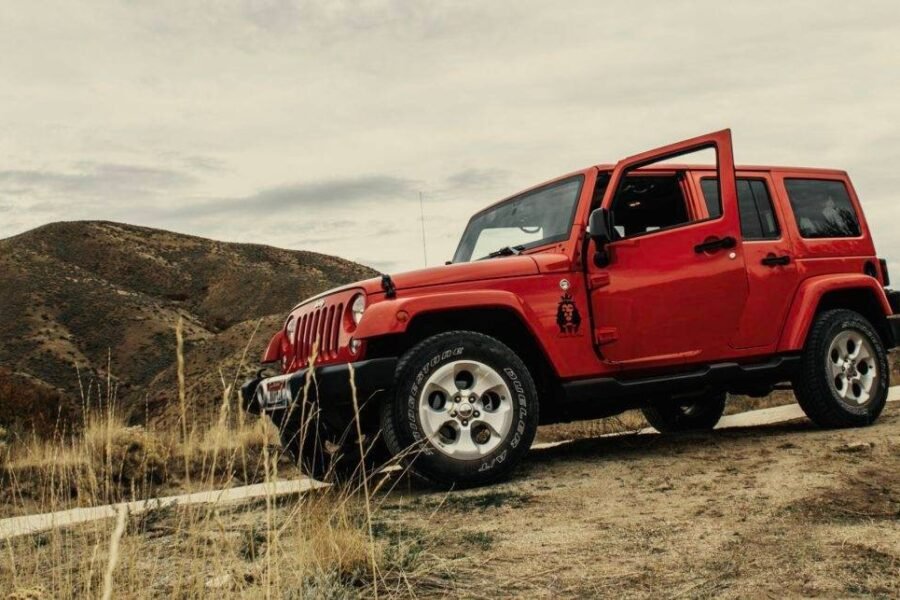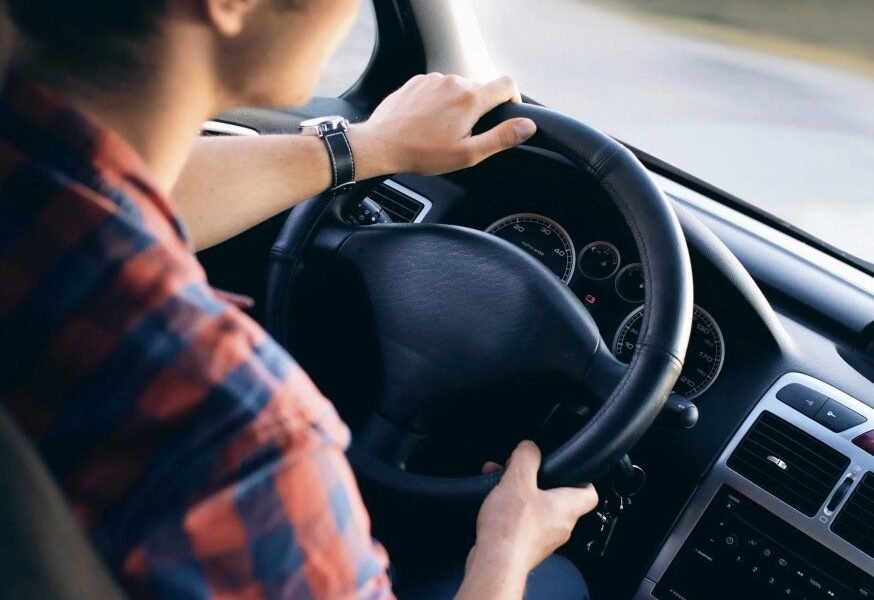Stepping into a car that’s been sitting in the sun can feel like entering an oven. The time it takes for your vehicle to cool down isn’t just a matter of comfort; it’s also about safety and your car’s health. Generally, a car can take anywhere from 30 minutes to a few hours to cool down completely. This process depends on the outside temperature, how long you’ve been driving, and even your car’s color. Understanding these factors can help you cool your vehicle faster and get on your way safely.
What Factors Influence a Car’s Cooling Time?
Several elements work together to determine how quickly your car’s interior and engine return to a normal temperature. It’s not just one single thing but a combination of conditions that you can often manage to your advantage.
The most obvious factor is the ambient temperature. On a 90°F day, your car will naturally take much longer to cool than on a 70°F day. The intensity of direct sunlight also plays a massive role, heating the metal, dashboard, and seats to temperatures far exceeding the air outside.
Beyond the weather, your car’s physical characteristics are very important.
- Car Color: Dark-colored cars, like black or dark blue, absorb more sunlight and heat, making them hotter inside. Lighter-colored cars, such as white or silver, reflect more sunlight, helping the interior stay slightly cooler.
- Insulation Quality: Newer vehicles or those with premium insulation packages are better at regulating temperature. Poor insulation with gaps in door or window seals allows more heat to enter and makes the air conditioning work harder.
- Interior Materials: Dark leather or vinyl seats can become extremely hot to the touch and retain heat for a long time, prolonging the cooling process compared to lighter fabric seats.
Where you park makes a significant difference as well. Parking in a shaded spot or a covered garage can dramatically reduce the initial heat buildup, making the cool-down period much shorter.
How Long does it Take for a Car Engine to Cool Down?
While we often focus on the cabin’s temperature for our comfort, the engine’s temperature is critical for the vehicle’s health. After a drive, the engine is extremely hot and needs time to cool down to a safe temperature before any maintenance can be performed.
On average, it takes about 30 minutes to two hours for a car engine to cool to a point where it’s safe to handle. This timeframe can be longer in hot weather or after a long, strenuous drive. Never attempt to open the radiator cap or check fluids like oil until the engine has had sufficient time to cool.
To give you a clearer picture, here are some realistic scenarios.
| Scenario | Outside Temperature | Parking Condition | Estimated Cooling Time |
| Dark sedan after a 1-hour drive | 90°F (32°C) | Direct Sunlight | 1.5 to 2 hours |
| Light-colored SUV parked after a short trip | 80°F (27°C) | Shaded Area | 30 to 45 minutes |
| Compact car with leather seats | 75°F (24°C) | Uncovered Parking | Around 1 hour |
Tips to Speed Up the Cooling Process
Waiting for a hot car to become comfortable can be frustrating. Thankfully, you don’t have to just sit and sweat. There are several effective strategies you can use to accelerate the cooling process and make your car’s interior bearable much faster.
First, focus on ventilation. Before you even start the car, open all the doors for a minute to let the super-heated air escape. A popular trick is to open the front passenger window and then “fan” the driver’s side door by opening and closing it five to ten times. This action pushes the hot air out of the window and draws cooler ambient air inside.
Once you’re inside, use your air conditioning system intelligently. Instead of immediately using the recirculation mode, start the AC on its highest setting with the windows down for the first minute. This forces the remaining hot air out. After a minute or two, roll up the windows and switch to the recirculation setting. This allows the AC to cool the already-chilled air inside the cabin, which is much more efficient than trying to cool the hot air from outside. Using a sunshade on your windshield when you park is also a great preventive measure.
Why You Should Let Your Engine Cool Down
Allowing your car’s engine to cool down properly isn’t just about avoiding a burn when you check the oil. It’s a crucial step in preventing long-term damage to vital components. An engine that is turned off abruptly after a hard drive can suffer from heat soak, where the temperature can briefly rise after shutdown because the cooling system is no longer circulating coolant.
This can cause stress on engine parts. Rushing the cooling process can lead to potential damage to engine components like the cylinder head or gaskets. It also ensures that the engine oil has time to drain back into the pan, giving you an accurate reading if you need to check the level. Prioritizing this cool-down period helps maintain your vehicle’s performance and longevity.
Common Mistakes to Avoid When Cooling Your Car
In an attempt to cool a car quickly, people sometimes make mistakes that can be ineffective or even damaging. One of the most dangerous myths is pouring cold water on a hot engine.
This is a terrible idea. The sudden and extreme temperature change can cause thermal shock, which may lead to the metal engine block or cylinder head cracking. This kind of damage is catastrophic and extremely expensive to repair. Always let the engine cool down naturally. If your car is overheating, pull over safely, turn off the engine, and wait.
Another common mistake is hopping in and immediately blasting the AC on recirculation with all the windows closed. This just circulates the super-heated air inside the car, putting a huge strain on the AC system and delaying the cooling process. Always vent the car first.
Frequently Asked Questions about Car Cooling
How long does a car take to cool down on average?
A car’s interior and engine typically take about 30 minutes to an hour to cool down to a safe or comfortable temperature. However, in extremely hot weather or after a long drive, this can extend to two hours or more.
Can I pour cold water on my engine to cool it faster?
No, you should never pour cold water on a hot engine. The drastic temperature change can cause thermal shock, leading to severe damage like a cracked engine block. Let the engine cool down naturally.
Does car color really affect how hot it gets?
Yes, it does. Dark-colored cars absorb more heat from sunlight and can get significantly hotter inside than light-colored cars, which reflect more sunlight. This means a dark car will often take longer to cool down.
What is the fastest way to cool my car’s interior?
The fastest method is to first vent the hot air by opening the windows or doors. Then, turn the AC on its highest setting with fresh air intake for a minute before switching to recirculation mode with the windows closed.
Is it bad to turn off the engine when it is very hot?
It is important to let the engine cool down before turning it off, especially after a long or hard drive. This helps prevent heat soak and potential damage to engine components. Letting it idle for a minute can help circulate coolant and oil.
When is it safe to drive after my car has overheated?
After an engine has overheated, you must let it cool down completely. Once the temperature gauge is back in the normal range, you should check your coolant and oil levels before attempting to drive again. If the problem persists, call for roadside assistance.






Leave a Comment